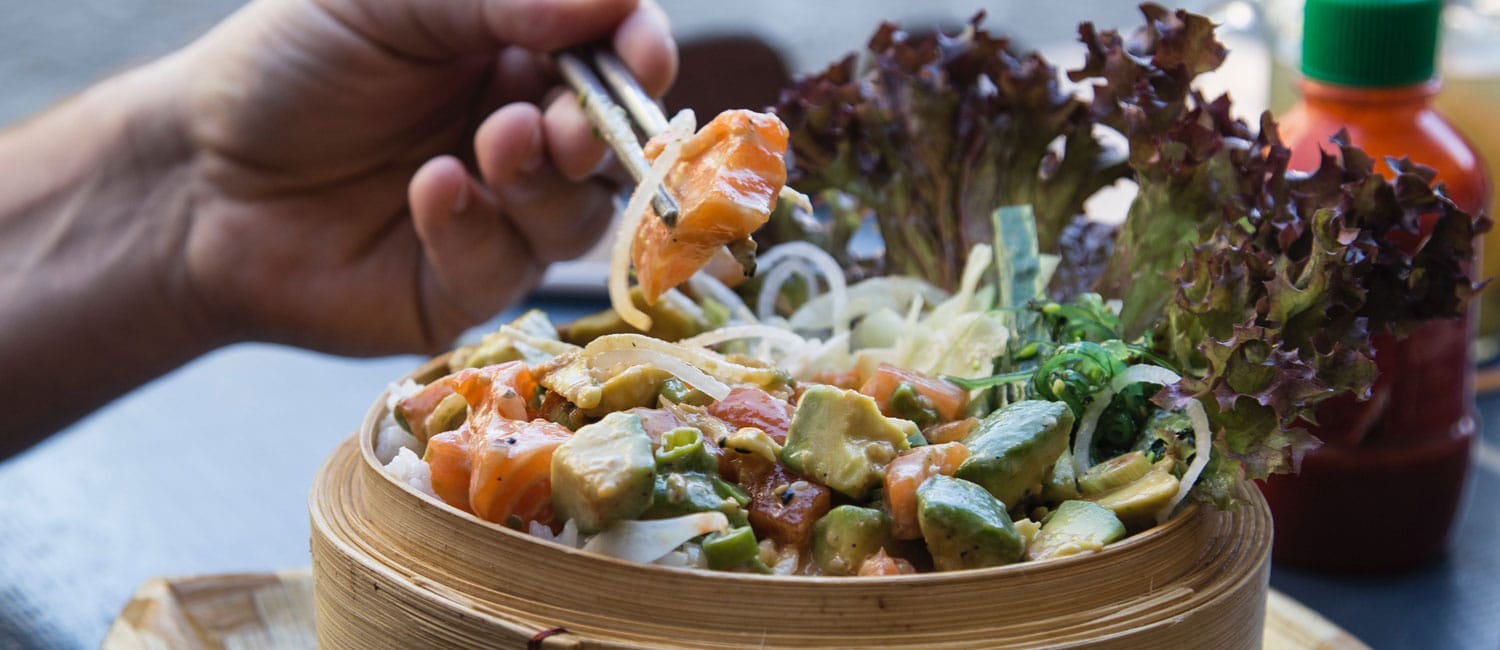Food is an incredibly important aspect of Chinese culture, and many different traditions and rituals are based on it. However, what we consider to be “Chinese food” is neither heritage nor tradition, but rather a westernized version of classic meals.
Here is a detailed guide that will help you understand authentic Chinese food, allowing you to enrich yourself culturally and make more educated orders and food decisions.

General information about Chinese cuisine
Chinese food is commonly served “family style”, which means that the entire table orders a number of different dishes, and then everyone try a bite of each dish, often with a side of rice or noodles. If the group is big enough, the food might even be served on a turntable in the center of the dinner table.
Of course, Chinese food is most commonly eaten with chopsticks, instead of Western utensils. In case a bowl of soup is ordered, most restaurants will also provide a spoon soup, although you might even be expected to drink from the bowl in more casual settings.
Different types of authentic Chinese cuisine
“Chinese food” as a concept doesn’t actually exist. Instead, Chinese cuisine is divided into a number of different regional cuisines. Here are some of the most common and popular types of authentic Chinese cuisine.
Cantonese Cuisine
This is the type of cuisine that is most similar to the westernized versions of Chinese meals you might have had a chance to try at local restaurants. Mostly found in Hong Kong and the southern areas of China, Cantonese cuisine is focused on enhancing the original aroma of the food that’s being prepared, which is why they use a significantly smaller amount of spices than any other form of Chinese cuisine. Some of the most popular Cantonese dishes include dim sum, roasted pork, and shark fin soup.
Mandarin Cuisine
Also known as Beijing cuisine, unique Mandarin cuisine is found in Beijing and its surrounding area. Food originating from this region often comes in the form of snacks, instead of main courses, and is typically sold by street vendors or small shops. Many Mandarin dishes put emphasis on dark soy paste, sesame oil, and fermented tofu, for a more prominent and distinct flavor. Braised fish, fried meatballs, and fried butter cake are among the most notable dishes from Mandarin cuisine.
Sichuan Cuisine
While this type of cuisine originates from the Sichuan region of China, it is now served in nearly all areas of China, as well as Western countries. Sichuan cuisine is commonly regarded for its particularly spicy dishes that are only suited for the highly tolerant. However, often using peanuts, ginger, garlic, as well as a wide variety of spices, this type of cuisine also offers more diverse meals, with certain dishes even combining flavors, such as sweet and sour, for a unique aroma. More popular Sichuan dishes include kung pao chicken, dan dan noodles, and mapo tofu.
Jiangsu Cuisine
Although this type of cuisine can mostly be found in the Jiangsu region, it also includes distinct dishes from other areas and cuisines. The meals of Jiangsu cuisine consists of are thought to be more gourmet in style, often offering a fresh and light flavor. As the Jiangsu region is located near the coast, this type of cuisine mostly offers different forms of fish and seafood. Braised pork belly, soup dumplings, and Yangzhou fried rice are some of the most notable dishes from Jiangsu cuisine.
Chinese dining etiquette
Depending on the formality of the situation, the etiquette doesn’t always have to be followed strictly. However, here are some of the most important aspects of Chinese dining etiquette you should try to implement, out of politeness and respect:
- The most respected person in the group usually sits furthest away from the door, going in descending order. This commonly depends on seniority.
- No one is expected to start eating until everyone in the group has sat down at the table.
- Chopsticks shouldn’t be placed vertically in the food, as this is considered to be a bad omen. Instead, the chopsticks should be laid across the plate or bowl.
- If a certain dish already comes with chopsticks or a spoon in it, then you should use that utensil to transfer the food into your plate, instead of your own chopsticks.
- While you might be used to splitting the check, people in China will often argue over who will pay the bill at the end of the meal.
This extensive guide will hopefully give you a base knowledge of Chinese cuisine, allowing you to enjoy these unique dishes more, and easily immerse yourself in the Chinese food culture.

